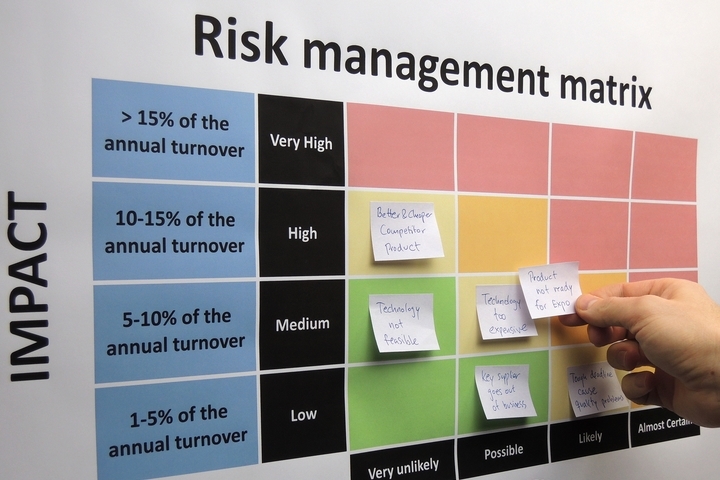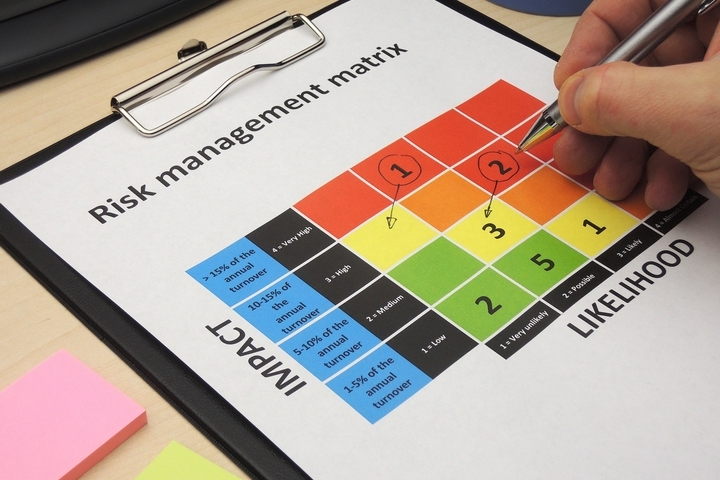Risk management involves identifying, analyzing, and addressing risks in business. The process also includes the coordination and application of resources to monitor, control, or eliminate the probability that unfortunate events—or risks—will negatively impact the organization.
Risk management is thus key to the success and growth of a business and the attainment of business goals and project goals. It’s valuable to implement a formal risk management program in an organization, which is why so many business leaders are taking risk management courses today. Here are some of the benefits of implementing this process in your company.
1. Identifying Non-Apparent Risks

Many risks a business faces are somewhat obvious, such as running out of capital. Other risks are less apparent. A formal risk management program can help you both identify and better understand all types of risks, even those you may not have considered before. By doing so, you can better protect your business.
2. Learning How to Manage Risk

You may know some of the risks your company faces, but do you have a plan of action to deal with those risks should they start to affect your business operations? A formal risk management program will enable you to better manage risks, including identifying who is responsible for dealing with them, what actions should be taken to mitigate them, and the impacts they may have on costs, time, resources, and more.
3. Greater Consistency

Being able to implement a formal risk management program ensures your leaders and employees are all using the same forms, processes, and procedures to manage risks. Anyone can view the risk log form for any project, which reduces errors and ensures past lessons are learned and are applied to future risks.
4. Preparing with Contingencies

Without a formal program, you could face risks you didn’t consider, which means you won’t know how to overcome the challenges you now face. When risks are properly identified and analyzed, contingencies can be included to minimize the impacts of the negative event. Having a Plan B and a Plan C can ensure projects continue without delays or additional costs and resources.
5. Eliminate Negligence

If you were to face a class-action lawsuit due to an unfortunate event, such as clients’ information being stolen due to a cyber attack, the plaintiffs would likely try to show negligence on your part. By having a formal risk management program in place, it will be more difficult for them to prove negligence. Implementing a formal program shows your proactive attempts of risk mitigation.
6. Reduce Liability

Litigation risk is often seen as a business liability, particularly by regulators, shareholders, and potential investors. By gainer greater insights into indemnity, insurance, and liability issues, you can reduce your business liability through. As a result, you can ensure your business remains an attractive investment, enabling you to grow capital.
7. More Informed Decision Making

Making business decisions on real high-quality data increases the chances of success. With formal risk management, you’ll no longer guess how much contingency budget or how much extra time you should add to a project. You’ll know which risks to anticipate and how to plan for them, enabling better and more informed decision making.
Virtually every process and function in business contains some degree of risk. With the right risk management skills and experience, you can better protect your projects, and your overall business, from a wide variety of risks and their potential negative impacts on your company. You may be able to eliminate the risks altogether or better manage them if they occur. Taking a risk management course will enable you to gain these skills and experience.













